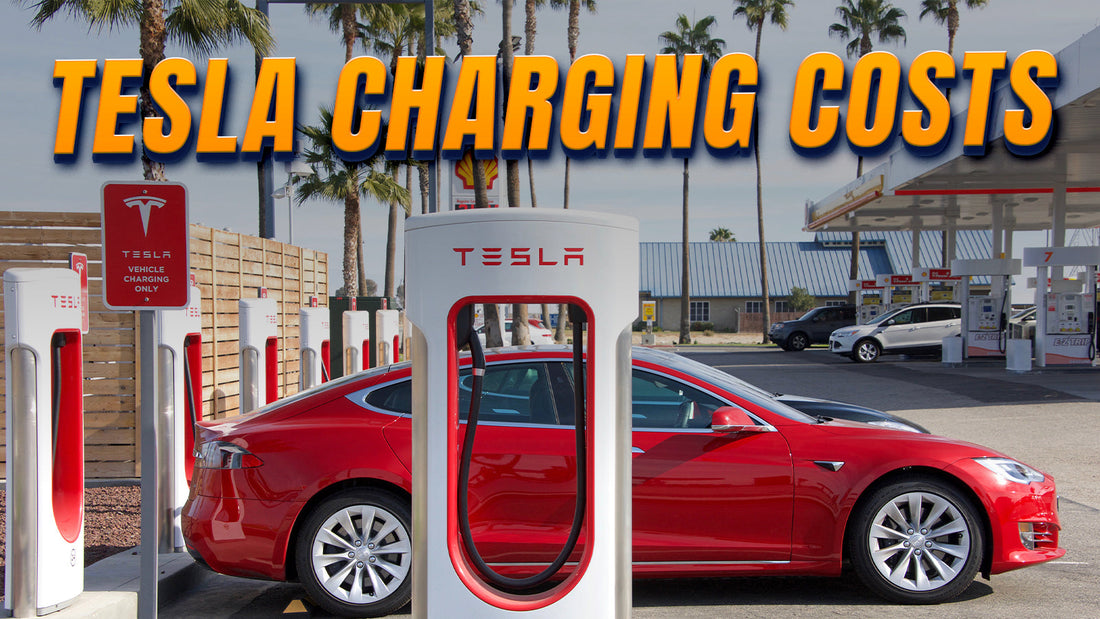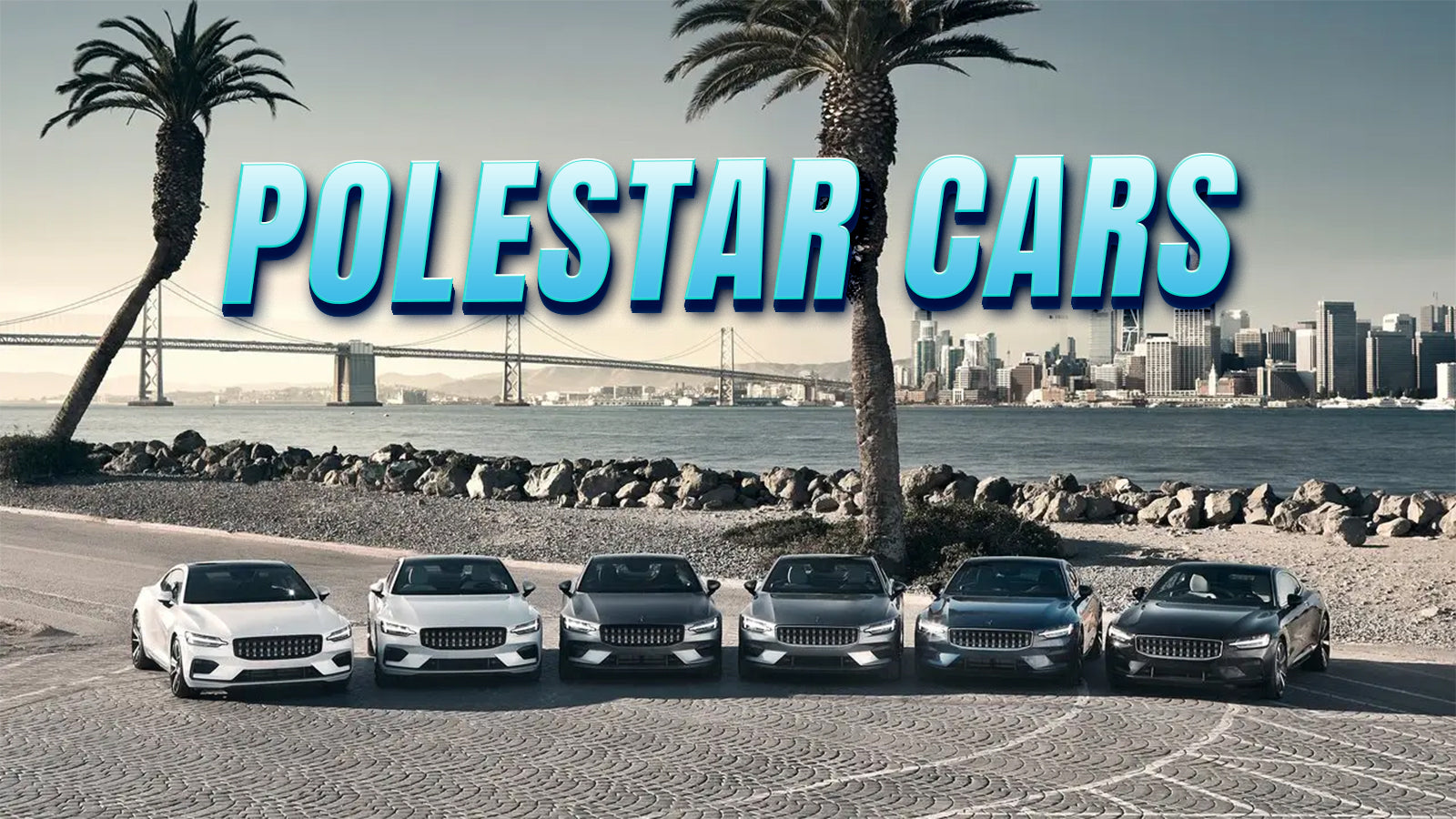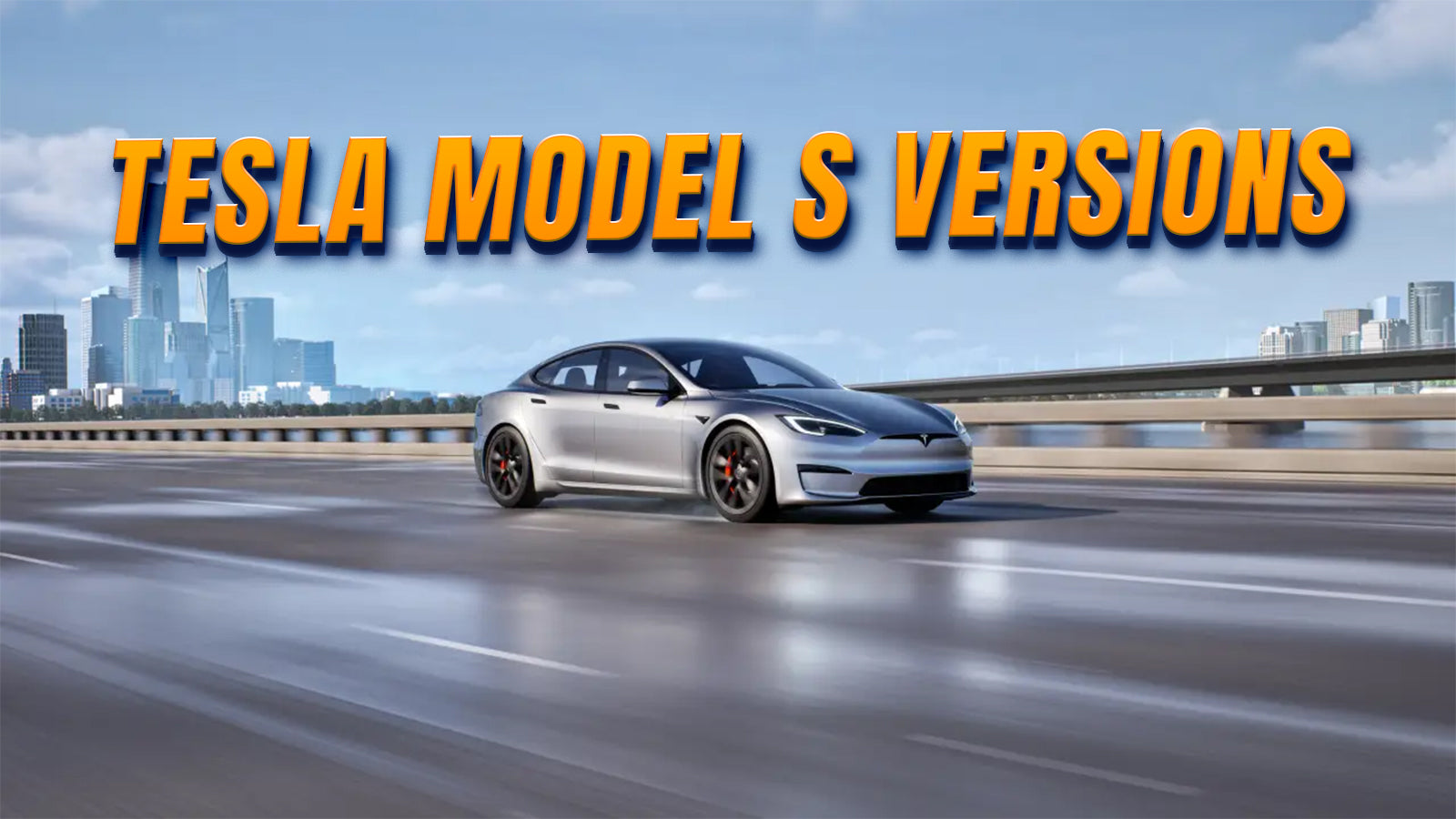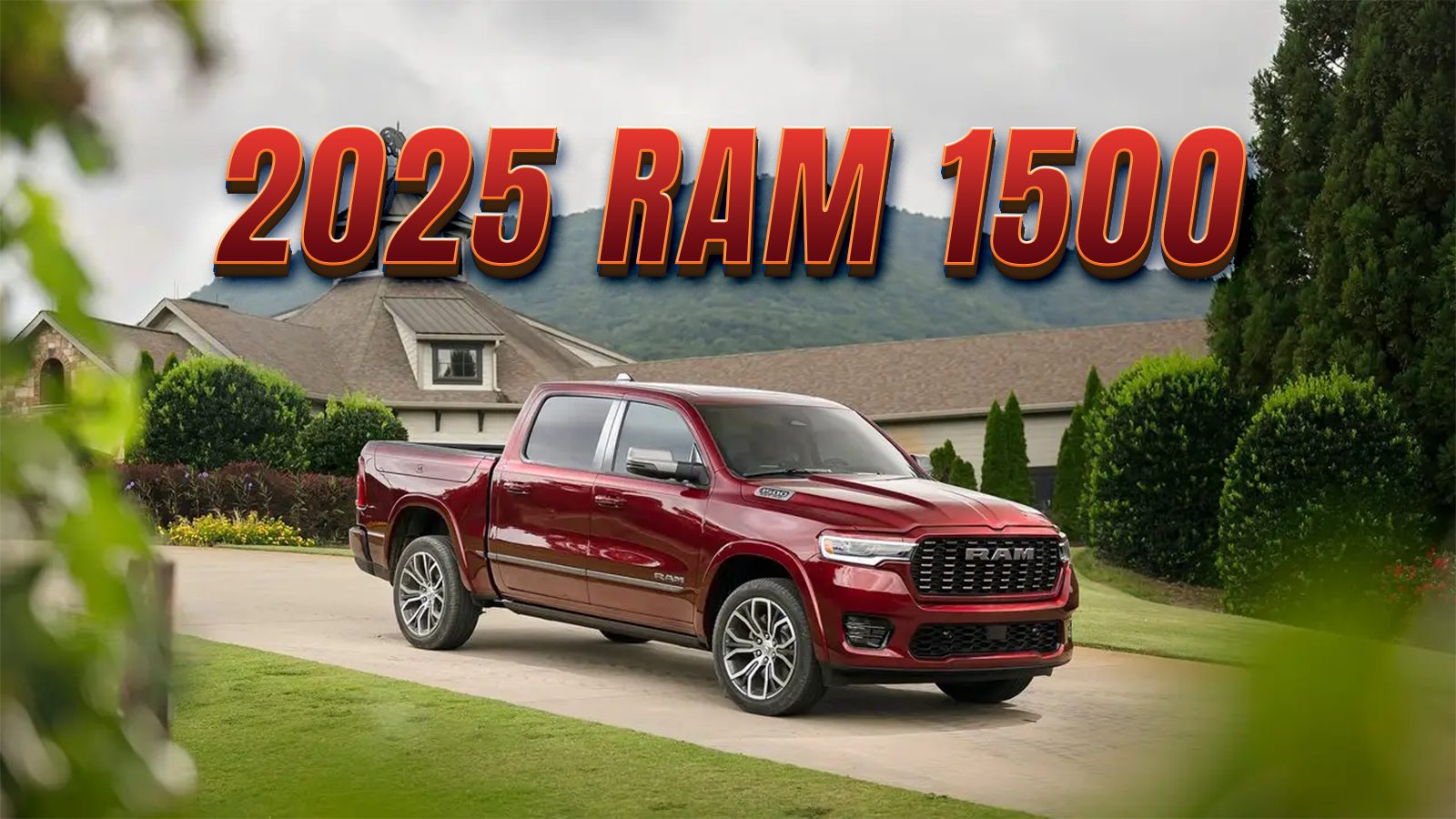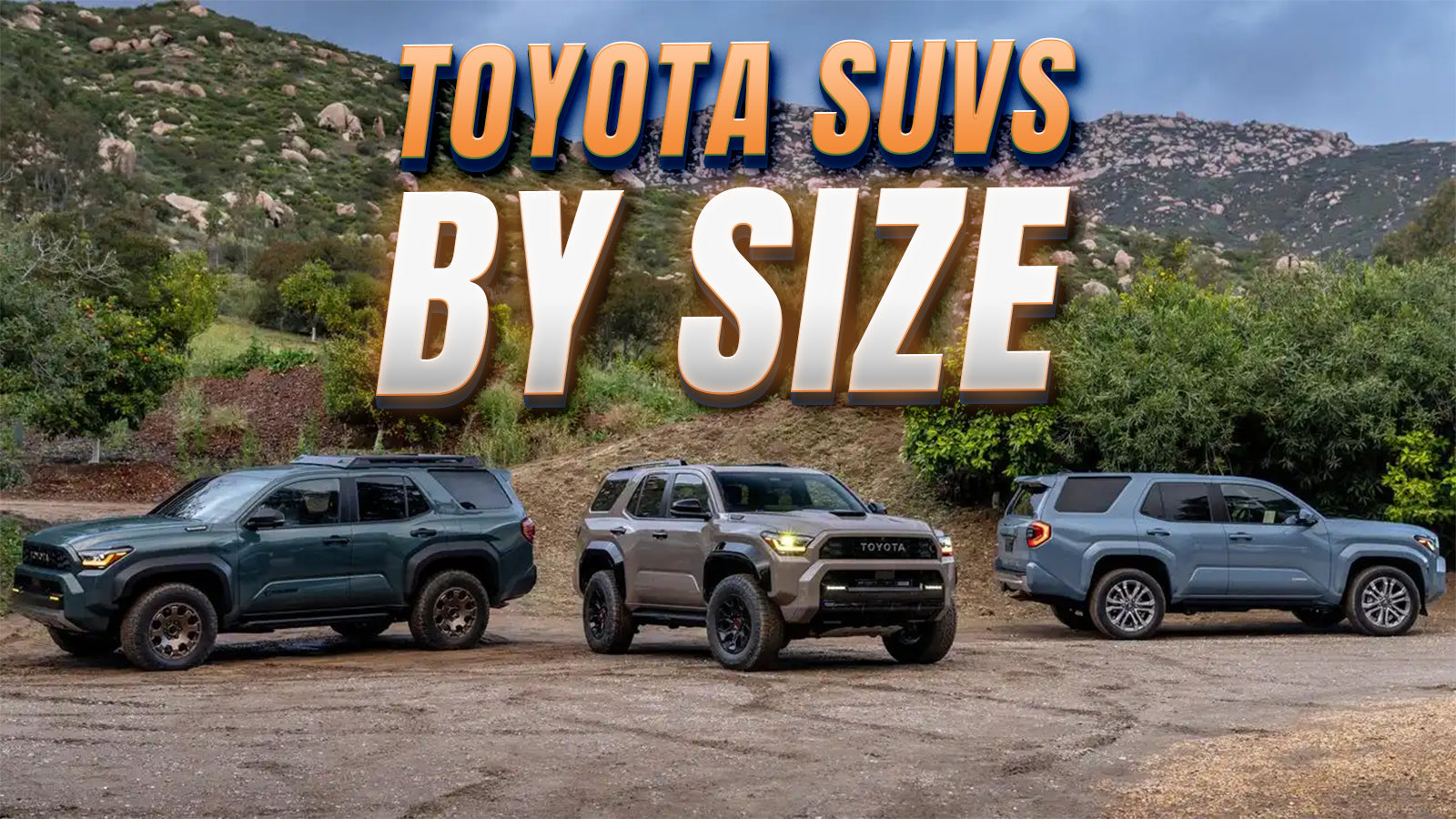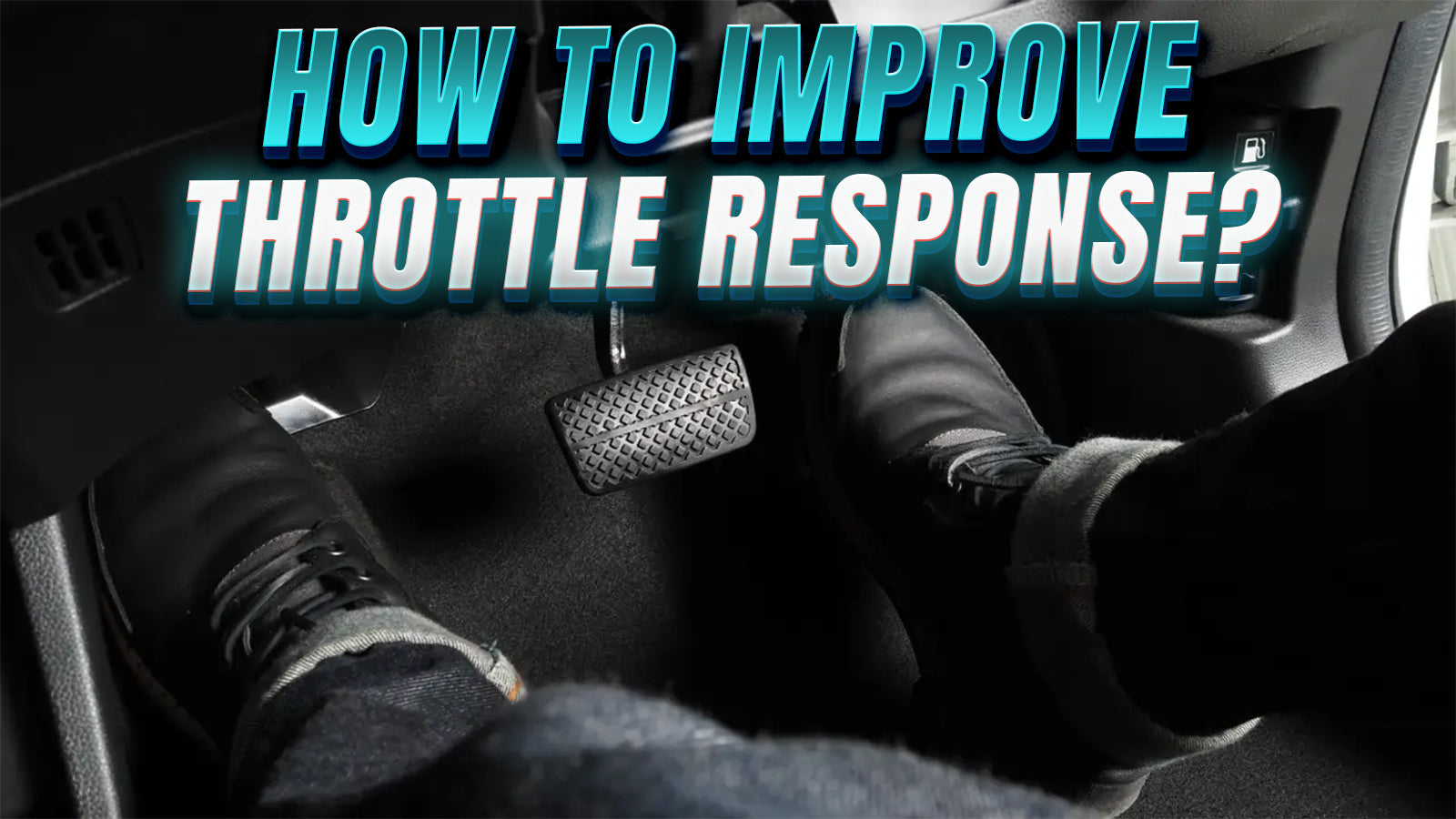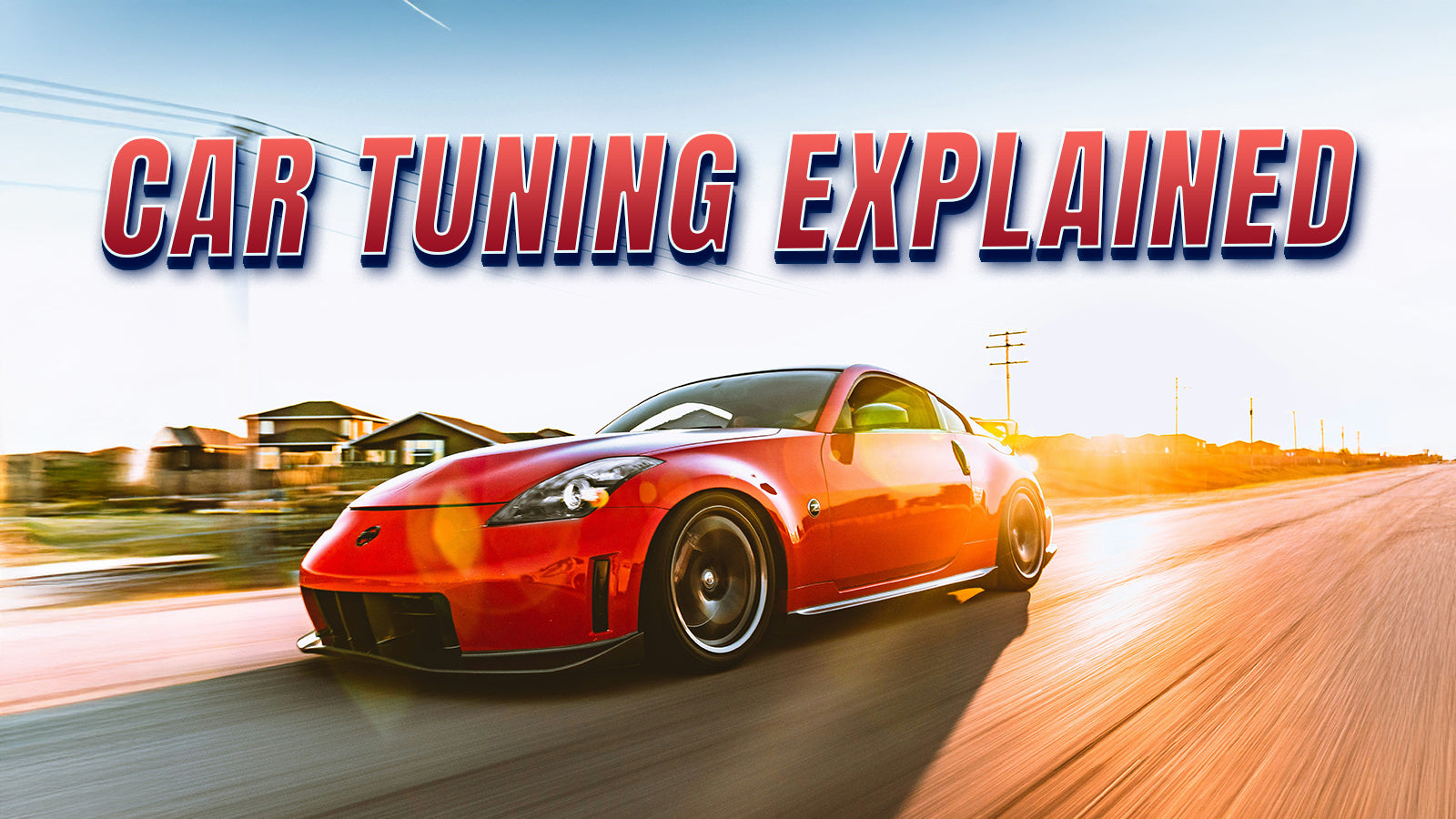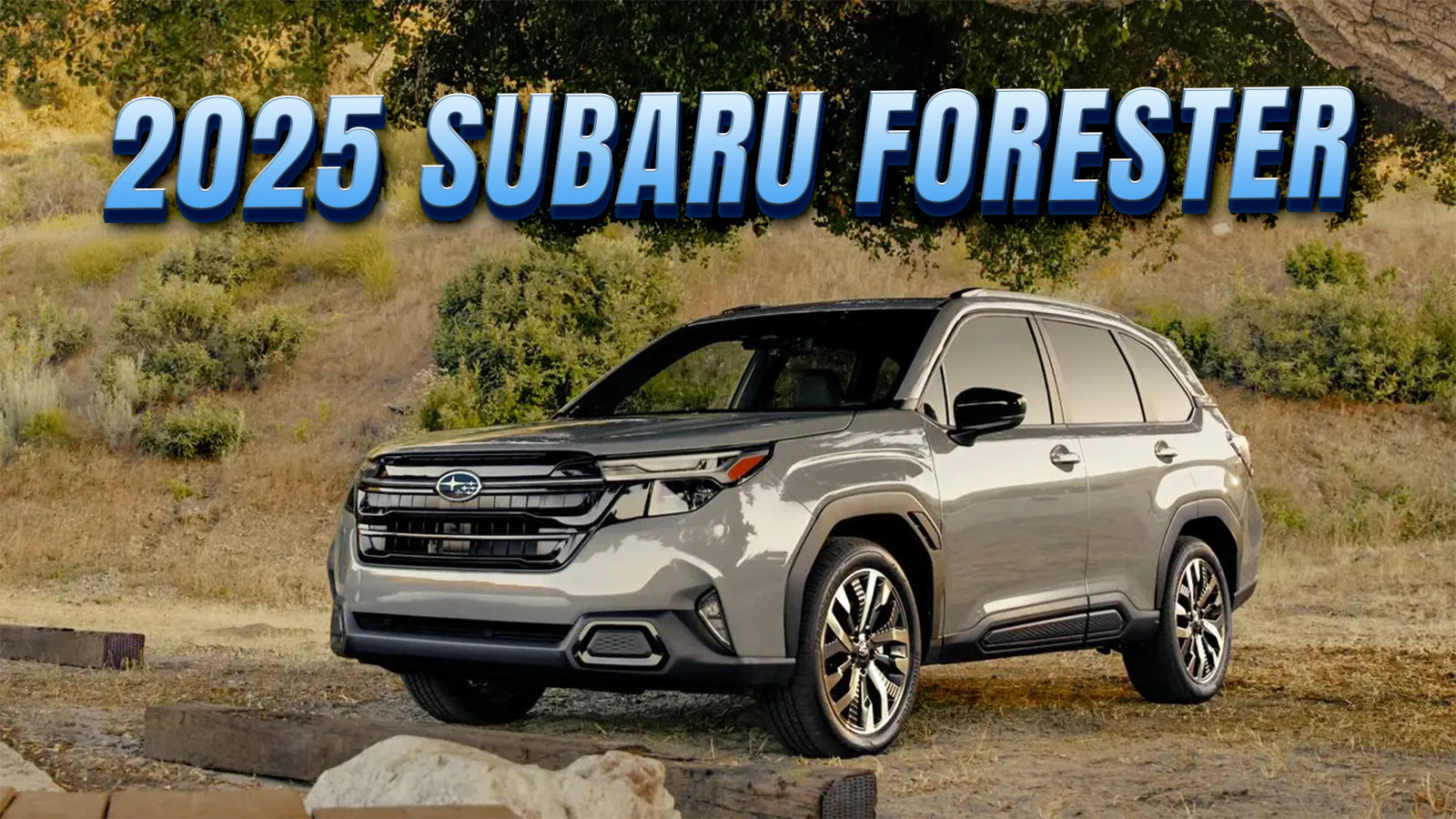A Quick Guide: How Much Does It Cost to Charge a Tesla?
Share
So, do you have a Tesla, or are you considering getting one? Either way, you’re probably asking yourself, “How much does it really cost to charge a Tesla?” The good news is that charging an electric car (EV) like a Tesla is usually much cheaper than filling up a gas tank. However, the exact price depends on several things, like where you charge, your Tesla model, and even what time you charge it.
Now, we’re here to break it all down for you in an easy-to-understand guide. Whether you’re new to Tesla or have owned one for a while, you’ll get a clear picture of what to expect and how to save even more money while keeping your Tesla charged. Let’s dive in!

Understanding Tesla Charging Costs
Charging a Tesla isn’t a one-size-fits-all scenario. The cost can vary depending on various factors, including where you are charging the car, the electricity cost, and the specific Tesla model you’ve got. Here’s what you need to know.
Key Factors That Affect Charging Costs
Charging Location: Home charging vs. Tesla Superchargers vs. third-party charging stations.
Electricity Rates: Prices vary by region, time of day, and electricity provider.
Battery Size: Different Tesla models have different battery capacities.
Charging Efficiency: Some energy is lost as heat during charging.
Now that you know the basics, let's dig into each one!
How Much Does It Cost to Charge a Tesla at Home?
Powering your Tesla through home electricity represents the most practical and economical solution for most owners. But what are the specific expenses involved? Here's a detailed analysis.

Understanding Your Electricity Rate
The expense of charging your Tesla at home correlates with your electricity rate, calculated in kilowatt-hours (kWh). In the U.S., the standard electricity cost approximates “$0.15 per kWh," though rates fluctuate by region. For example:
- In states like Louisiana or Idaho, electricity rates may be as low as $0.10 per kWh.
- In California or Hawaii, rates may reach $0.30 per kWh or higher.
Calculating the Cost of Charge Your Tesla
To calculate the cost of charging your Tesla, multiply your electricity rate by the size of your car's battery. For instance, if you own a Tesla Model 3 Standard Range and your electricity rate is $0.15 per kWh, a full charge would cost approximately $7.50. Similarly, charging a Tesla Model S Plaid fully at the same rate would cost around $15.
Review your utility bill or consult your electricity provider to determine your rate.
Charging Overnight Can Save You Money
In some regions, electricity rates are also discounted when usage tends to be lower (like late night or early morning), and many utility companies offer this option. If you charge your Tesla during these times, you might be able to save even more. For example, some providers offer special EV charging plans with discounted rates.

Pro Tip: Schedule charging using the Tesla app. You can set your car to charge during off-peak hours and save even more.
Home Charging Setup Costs
To charge your vehicle at home, you'll need a charging unit. Here are your options:
Tesla Mobile Connector: Included with vehicle purchase, but operates at reduced speed (110V outlet)
Tesla Wall Connector: $475 (enhanced charging speed necessitates certified installation)
Third-Party Level 2 Chargers: Prices fluctuate ($300-$800)
Installation expenses typically fall between $500 and $2,000, contingent upon your home's power infrastructure.
Charging at Tesla Superchargers
How Much Does It Cost to Use a Tesla Supercharger?
Tesla Superchargers are super quick but cost more than charging at home. Although supercharger rates can differ by location, they typically average $0.25 to $0.50/kWh. Estimated full charge costs at a Supercharger (at $0.35/kWh)

Are Superchargers More Expensive Than Home Charging?
Yes, supercharging your Tesla costs more than charging at home. However, it’s still cheaper than putting gas in a tank. Plus, the convenience and quickness of Superchargers make them desirable for road trips or in-a-pinch destinations.
Free Supercharging: Is It Still a Thing?
In the past, Tesla offered free Supercharging for life on some models. This deal mostly fades now, but some old Teslas still have it. If you are searching for a used car, keep this in mind!
Supercharger Membership Plans
Tesla just launched a new Supercharger Membership to help frequent users save money:
Pay-As-You-Go: Regular Supercharger pricing
$12.99/month Plan: Lower per-kWh price (~$0.25/kWh in some locations)
If you use Supercharging often, a membership could save you money in the long term.
How Much Does It Cost to Charge a Tesla Using Public Chargers?
Public charging spots are a good choice for Tesla drivers if home charging is unavailable. These spots include both Level 2 chargers and non-Tesla DC fast chargers.
Level 2 Chargers: Affordable but Slower
Level 2 chargers are plentiful at shopping centers, offices, and public parking spots. They generally cost between 0.20 and 0.30 per kWh, which makes them more expensive than charging at home but still affordable.
For example, charging a full charge of a Tesla Model Y (75 kWh) at 0.25 per kWh would cost about 18.75.

DC Fast Chargers: Faster but Pricier
Non-Tesla DC fast chargers—take, for example, Electrify America or ChargePoint—may cost $0.40 and $0.60 per kWh. They are quicker than their Level 2 counterparts but more expensive.
Pro Tip: Apps such as PlugShare or ChargePoint can help you locate the cheapest public chargers near you.
How Does Charging a Tesla Compare to Gas Prices?
One of the biggest perks of driving a Tesla is saving money on fuel. But how much can you really save compared to a gas-powered car?
Cost per Mile: Tesla vs. Gas
Depending on the price of electricity, charging a Tesla costs about 4 to 6 cents per mile. In contrast, driving an internal combustion car costs around 10 to 15 cents per mile (based on $3.50 per gallon and a car that delivers 25 MPG). For example, driving 1,000 miles in a Tesla might cost $40 to $60 in electricity, while driving the same distance in a gas car could cost $100 to $150 in fuel.
Long-Term Savings Add Up
Over time, the savings from driving a Tesla can be huge. Driving 12,000 miles a year could save $600 to $1,200 annually compared to an internal combustion vehicle. And that’s not even counting the lower maintenance costs!
How to Lower Your Tesla Charging Costs?
Looking to get your savings on the maximum? Here are a few pro tips to ensure your charging costs are as low as possible:
1. Charge at Home Whenever Possible
Home charging is more cost-effective than public charging. Install a Level 2 home charger for faster and more efficient charging if you can.
2. Charge at Off-Peak Hours
Take advantage of cheaper electricity rates by charging your car at night or during non-peak hours.
3. Get Solar Panels
You can use solar power to charge your car for free if you have solar panels. Tesla also offers choices such as solar tiles and power wall batteries.
4. Use Free Charging Stations
Some hotels, shopping centers, and workplaces offer free charging. Apps like PlugShare ca n help locate them.
5. Plan Your Road Trips
Use the Tesla trip planner to find Superchargers along your route and avoid unnecessary stops.
6. Join Tesla’s Membership Plan
Many public charging networks provide membership packages that have reduced prices. Consider programs such as Electrify America’s Pass+ or ChargePoint’s subscription plans.

Is Charging Your Tesla Cheaper Than You Think?
So, how much does it cost to charge a Tesla? That depends on where and how you charge it. On average, charging a Tesla is much cheaper than fueling a gas car. It is especially so if you charge at home and use off-peak times.
But let’s take it a step further. To enhance your Tesla driving experience while improving efficiency, consider pairing your Tesla with a Pedal Commander®. This cutting-edge device allows you to customize your throttle response, giving you more control over acceleration on your ride.
How the Pedal Commander® Complements Your Tesla
While Teslas are already known for their instant torque and smooth acceleration, the Pedal Commander® can fine-tune your driving experience. Here’s how it can help:
Range+ Mode: Slows down the accelerator response time for better fuel efficiency when combined with relaxed driving. Also great as a valet mode when you have to let other's drive your Tesla as a reduced response offers more controlled acceleration.
City Mode: Eliminates response delay for hesitation-free power delivery. It is perfect for driving through urban traffic with better response, unlocking smooth and linear driving.
Dynamic Mode: This is the Pedal Commander®'s maximum recommended driving mode on public roads. It eliminates the lag and unlocks the fastest power delivery for unmatched performance at each press of the accelerator pedal.
Hyper Mode: This is the most extreme mode. Pedal Commander®'s Hyper mode eliminates lag and gives a sharp response for instant and full power delivery. It is not recommended for public roads.
Customization: You can tailor the settings to your driving style, whether on the highway or in the urban jungle.

The Pedal Commander® can help you get the most out of every charge by optimizing your throttle response, making your Tesla even more cost-effective.
Owning a Tesla is eco-friendly and wallet-friendly if you charge at home and take advantage of off-peak rates. The Pedal Commander® allows you to control your ride more and has the potential to increase efficiency through quicker acceleration.
Whether driving around town or going on a cross-country road trip, your Tesla is designed to offer performance, savings, and sustainability. So plug in and enjoy the ride—your wallet (and planet) will thank you! Transform your Tesla now with Pedal Commander®.
Disclaimer: Prices and rates mentioned in this article are estimates and may vary based on location, use time, and other factors. Always check with your local utility provider or charging network for the most accurate information.



